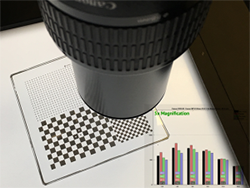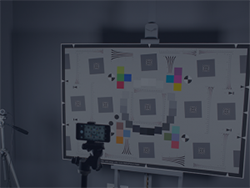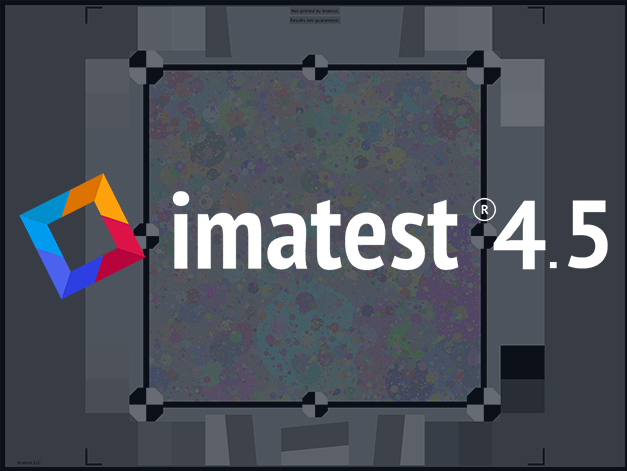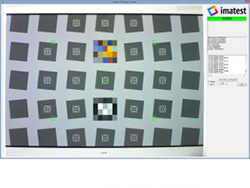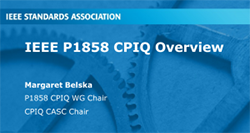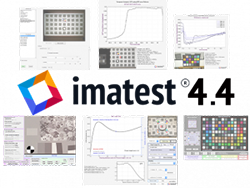Year: 2016
Gamma, Chart Contrast and MTF Calculations
A fuller and more up-to-date explanation of gamma, including how to obtain it for slanted-edge MTF calculations can be found […]
Electronic Imaging 2017
Imatest is pleased to announce that they will attend the 2017 IS&T Electronic Imaging conference from January 29 – February 2, 2017. Join us as we discuss, learn about and share the latest developments in electronic imaging technology. You can also email us to set up an appointment in advance.
Testing a macro lens using Checkerboard and Micro Multi-slide
Imatest’s Checkerboard module is our new flagship module for automated analysis of sharpness, distortion and chromatic aberration from a checkerboard (AKA chessboard) pattern. The big benefit of using the checkerboard is that there are looser framing requirements than with other kinds of test targets. While checkerboard lacks the color and tone analysis provided by SFRplus and eSFR ISO, these features are not available on the high precision chrome on glass substrate, so the checkerboard is the optimal pattern for this test.
Using Sharpness to Measure Your Autofocus Consistency
Autofocus plays a major role in many camera system applications with variable focus, including consumer electronic devices. Camera systems must […]
Image Quality Testing for the Automotive Industry
Over the last few years, the automotive industry has taken great strides to incorporate camera systems into vehicles. From ADAS […]
Fundamentals of Image Quality Testing
For many engineers tasked with designing camera systems for a product, image quality testing is a complicated endeavour given the […]
Introducing Imatest 4.5
Imatest 4.5 is the most powerful version of the platform yet with enhancements and additions for a variety of industries, […]
The Operator Console: Open Source GUI for Imatest IT
Update: Starting in Imatest 4.5, a pre-built, ready-to-run version of the Operator Console now ships with all Imatest IT Windows […]
Account Administration for Floating Licenses
Floating licenses can remove a lot of headache in keeping track of your licenses by allowing everyone on your team […]
Beijing, China Training Course and Seminar
Imatest representatives will visit Beijing, China in October to offer free Information Seminars and a paid 2-day Training Course to professionals using or considering Imatest software to improve their image quality testing processes.
Karlsruhe, Germany Training Course and Seminar
Imatest representatives will visit Karlsruhe, Germany to offer a free Information Seminar and a paid 2-day Training Course to professionals using or considering Imatest software to improve their image quality testing processes.
Imatest Support for CPIQ Metrics
What is CPIQ? IEEE-SA working group P1858 created the CPIQ standard. CPIQ seeks to standardize image quality test metrics and methodologies […]
Imatest shuts down intermittently due to video driver problem
Symptom Imatest version 4.2+ intermittently halts. A MATLAB crash dump file is generated in the user’s %temp% folder. The crash […]
Imatest Version 4.4
Imatest is pleased to announce the release of version 4.4, which includes the following features: Support for all 2016 Camera […]
Imatest 4.3
We are pleased to announce Imatest 4.3. New features include: Support for Linux (Ubuntu 14.04) across all Imatest software Python […]



